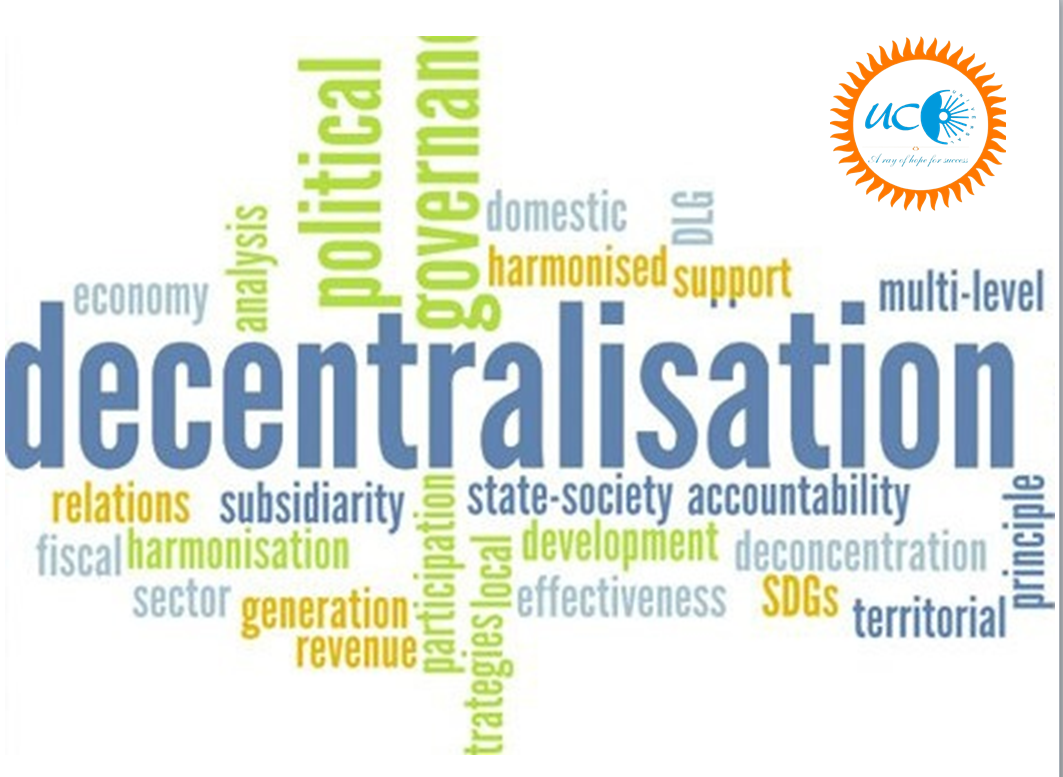To what extent, in your opinion, has the decentralisation of power in India changed the governance landscape at the grassroots?
Answer: The 73rd and 74th Constitutional Amendment to the Indian Constitution formally recognised a third tier of government at the grassroot level, thereby creating the legal conditions for local self-rule i.e. Panchayati Raj and Municipalities. Under the Article 40 of the Indian Constitution, the States shall take steps to organise Village Panchayats and endow them powers and authority to function as unit of self-government.
Achievement of Decentralisation of Power
- Decision-making: The local people can participate in decision-making at local-level issues.
- Women representation: 33% reservation for women has helped to increase women’s voice and representation in our democracy.
- Swachh Bharat Abhiyan: In 2019, India became open-defecation free because of ground level work by local bodies.
- Literacy campaign: Arati Devi, sarpanch in a village in Ganjam district in Odisha is credited with starting a literacy campaign for women and reviving traditional folk art in Ganjam.
- Self-help Groups: Meena Behen, sarpanch from a village in Gujarat, has worked for inculcating leadership skills to the self-help group (SHG).
Some Issues Which Halt the Decentralisation of Power in Letter and Spirit
- Inadequate Finances: Limited power to impose cesses and taxes.
- Unscientific Distribution of Functions: Panchayat and the Panchayat Samiti functions overlap, leading to confusion, duplication of efforts.
- Lack of Coordination: Government officials do not coordinate with local representatives.
- No real Functions: Functions like education, health, sanitation and water are remain concentrated with State Governments.
For Local bodies and Panchayats to play a bigger role in human capital interventions, there is need for adequate fiscal resources along with functions and functionaries. The kind of autonomy for governance is provided to 5th and 6th Schedule States needs to be extended to all the States.






